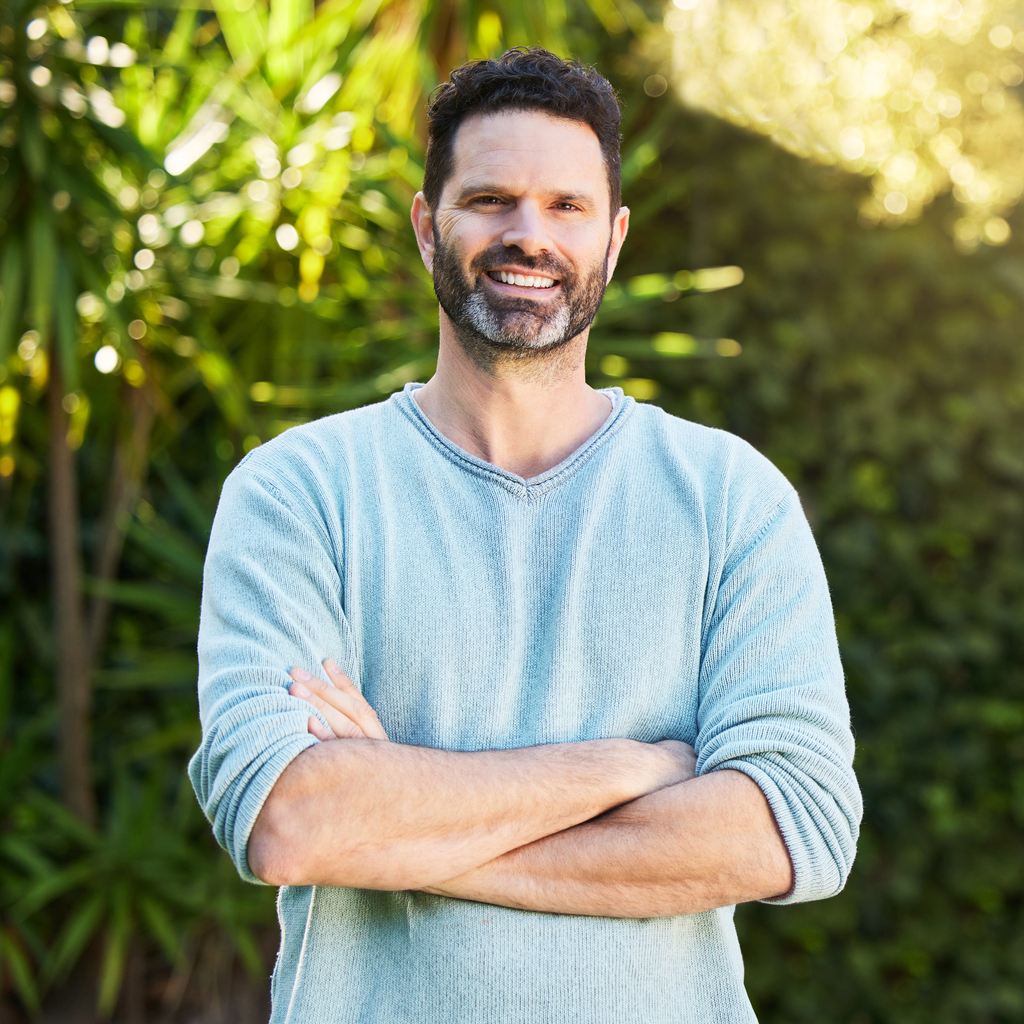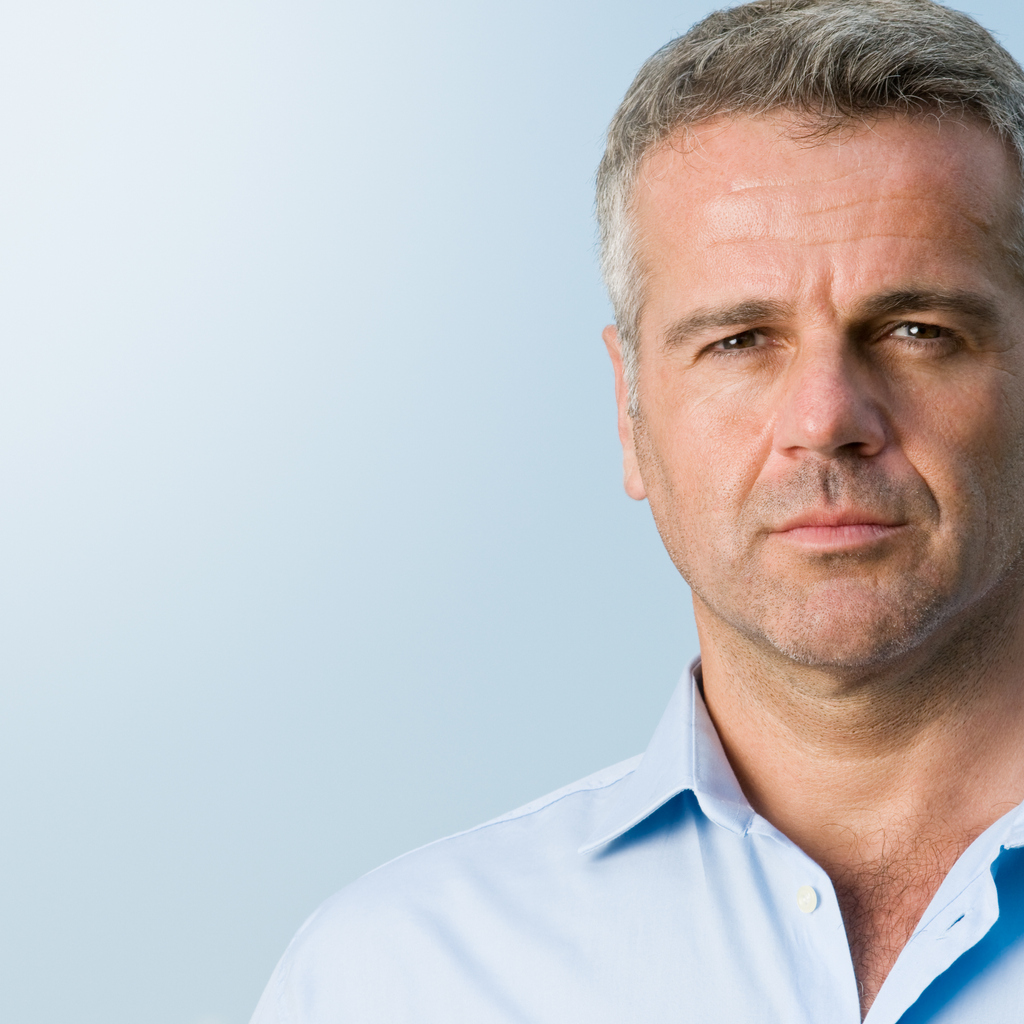Eye Styes and Chalazia

What Is an Eye Stye? What Is a Chalazion?
…And What’s the Difference Between the Two?
Styes and chalazia are similar problems that cause lumps in or around the eye. They are not the same thing, although they are often confused. While both styes (also called hordeolums) and chalazia tend to present as eyelid redness, swelling, and pain, they have quite different causes and treatments.
A chalazion is a non-infectious obstruction of a gland inside the eyelid. This forms a small, slow-growing lump, usually on the upper eyelid. Chalazia can show up in both eyes at once. The gland concerned is one of your meibomian glands, which produce an oil that moistens and protects your eyes.
A stye, on the other hand, is caused by an infection of abscess, usually some form of staph bacteria. The majority form on the outside of the eyelid, and may be caused by follicle obstruction. Rarely, you might get a stye on the inside, caused by an infection of the meibomian glands.
The two conditions can be clinically indistinguishable for the first couple of days, but they then show distinct differences. One of the primary differences is that styes tend to be full of pus and may resemble very large pimples. Styes are also more painful than chalazia and often result in excessive tear production.
If there is no lump, then you may have conjunctivitis (pink eye) or blepharitis (an infection of the eyelid). If you have both a lump and a reddening of the eyelid, then you may have both a stye and blepharitis. (People with chronic blepharitis are more prone to styes).

Close up of a chalazion (A) and a stye (B), in two different women’s eyes

Should You See Your Doctor?
It depends. If it is clearly a stye, on the outside of the eyelid and with pus visible, then you should try home care first. Apply a warm washcloth to your closed eye for five to ten minutes, several times a day. Gently massage the eyelid.
If the stye is still bad after 48 hours or if the redness extends to other parts of your face, then you should see your doctor. Also, if the stye is painful, take a mild over the counter painkiller such as ibuprofen.
If the lump is inside your eyelid, then it is most likely a chalazion. You should make an appointment right away, as chalazia can be a sign of other conditions. Another warning that it might be chalazia is if you have lumps in both eyes at the same time.
If you have any vision changes, you need to see an eye doctor immediately. Vision changes to monitor for include double vision, which is commonly associated with an eyelid lump.


